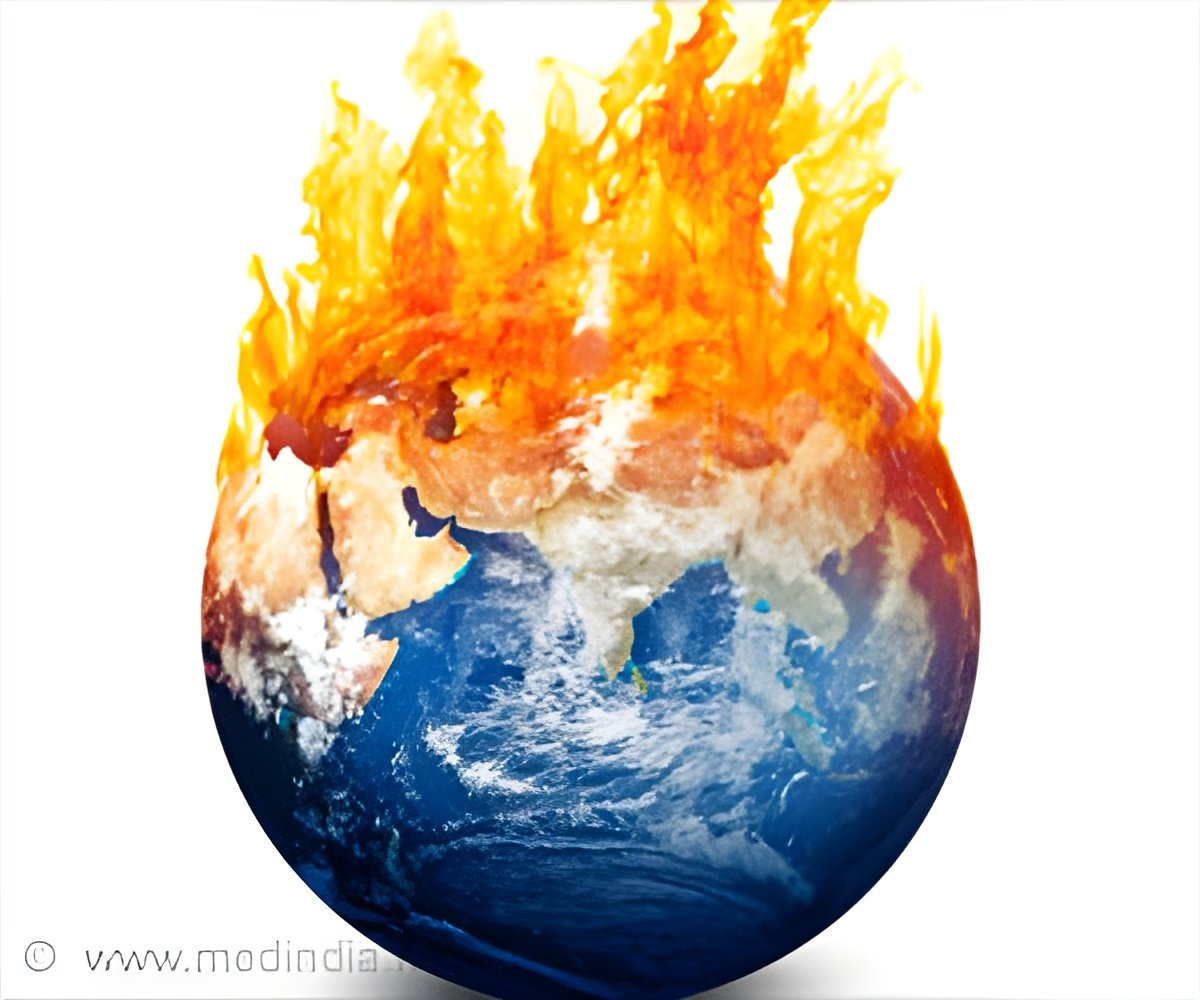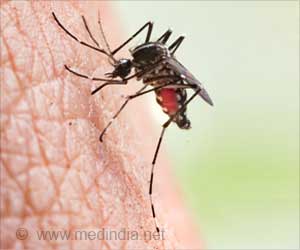Previous research has shown that there was an increasing tendency for storm hurricane surges when the climate was warmer.

New research from the Niels Bohr Institute has shown that there will be a ten-fold increase in frequency if the climate becomes two degrees Celsius warmer. The results are published in the scientific journal, Proceedings of the National Academy of Science, PNAS.
Tropical cyclones arise over warm ocean surfaces with strong evaporation and warming of the air. The typically form in the Atlantic Ocean and move towards the U.S. East Coast and the Gulf of Mexico.
If you want to try to calculate the frequency of tropical cyclones in a future with a warmer global climate, researchers have developed various models.
One is based on the regional sea temperatures, while another is based on differences between the regional sea temperatures and the average temperatures in the tropical oceans. There is considerable disagreement among researchers about which is best.
"Instead of choosing between the two methods, I have chosen to use temperatures from all around the world and combine them into a single model," climate scientist Aslak Grinsted, Centre for Ice and Climate at the Niels Bohr Institute at the University of Copenhagen said.
Advertisement
In this way, he sees that the model reflects the known physical relationships, for example, how the El Nino phenomenon affects the formation of cyclones. The research was performed in collaboration with colleagues from China and England.
Advertisement
Since 1923, there has been a 'Katrina' magnitude storm surge every 20 years.
Source-ANI









